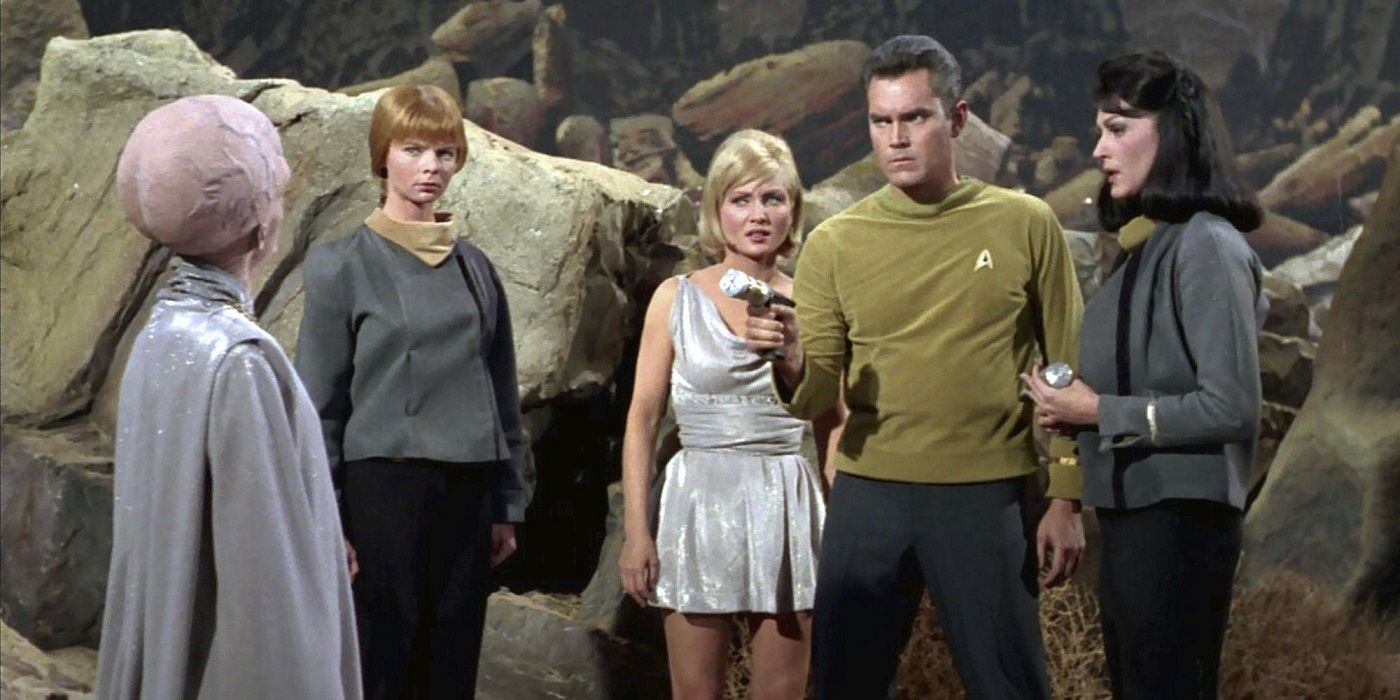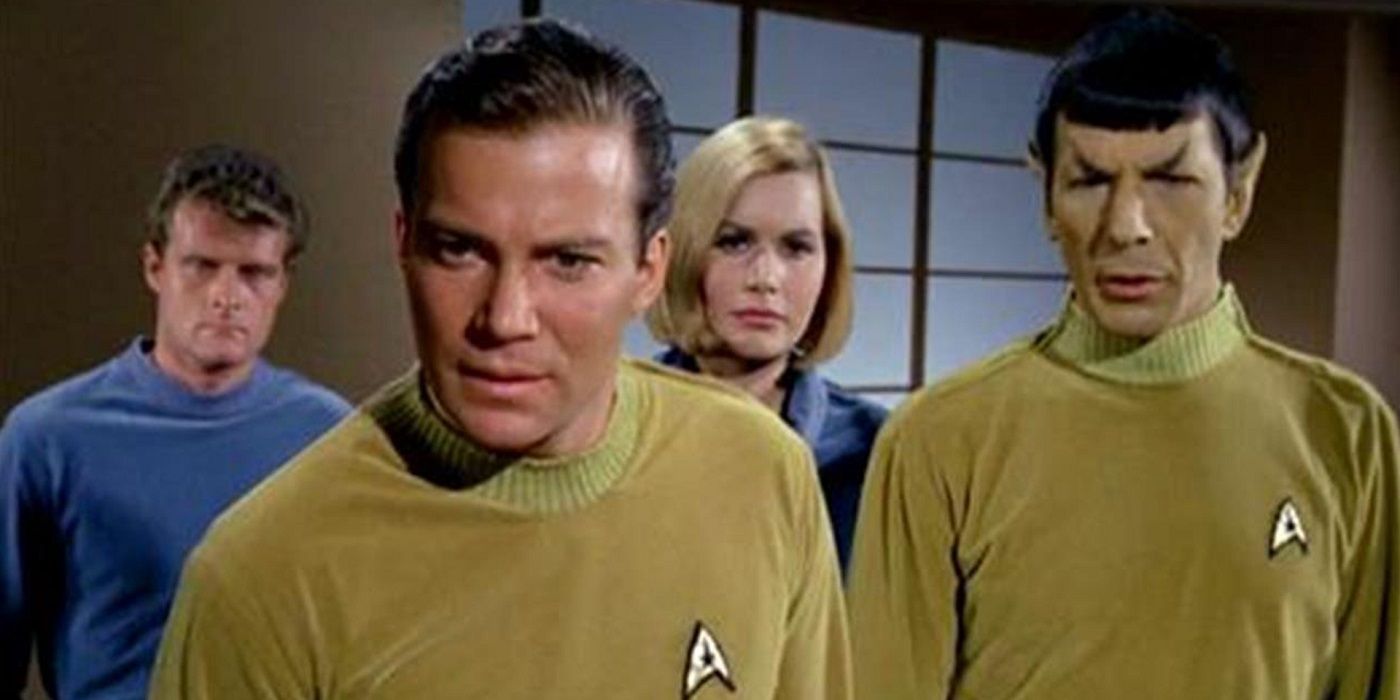Touted as the show Gene Roddenberry first envisioned, Star Trek: Strange New Worlds was inspired by The Original Series' pilot “The Cage” and follows the early missions of the Enterprise with Christopher Pike as its captain. Pike never made it to the bridge in The Original Series. Instead, Star Trek debuted with Captain Kirk at the helm, and the show moved in a very different direction. The reasons why have become the stuff of Star Trek legend.
NBC rejected the show’s original pilot but asked for changes which ultimately became the basis for The Original Series. The reasoning was they found “The Cage” too cerebral and wanted to see a show with more action. But the details go further than that and demonstrate just how hard Gene Roddenberry and his partners had to work to bring his vision to the screen.
According to Inside Star Trek: The Real Story -- which detailed the development and production of The Original Series -- Gene Roddenberry and producer Herb Solow were met with a great deal of skepticism during their initial pitch to NBC. Solow sold them on a pilot after pointing out they could use the finished product as a TV movie if they didn’t want to order more episodes. The production was unusually expensive, and its conceptual notions went over the heads of executives. The Original Series' infamous eroticism didn’t play well either, nor did the presence of Number One on the bridge, though accounts vary as to whether they objected to a strong female character, or just disapproved of Majel Barrett's casting.
Whether through Roddenberry’s persistence or some quality of the production they felt had potential, NBC didn’t give up on the show. Instead, they ordered a second pilot -- “Where No Man Has Gone Before” -- which turned into the basis for The Original Series. However, the pilot took another twist before the show finally made its proper debut in “The Man Trap.” The differences between the two episodes speak volumes about why NBC was sour on “The Cage.”
While “The Cage” ended with reconciliation and understanding with an alien first presented as hostile, “No Man” concluded with an extended fistfight between James Kirk and a literal god. William Shatner was a more dynamic onscreen presence than the quieter and more thoughtful Jeffrey Hunter. And the women on the bridge were relegated to passive, quiet positions in “No Man,” with Sally Kellerman’s love interest dispatched before the final credits rolled.
Just as telling were the components that remained in both pilots, most notably Leonard Nimoy’s Mr. Spock. The character was still being formed -- his behavior in both episodes deviates from what he became once the series got rolling -- but clearly, there was something there that kept him from being dropped along with Number One and the rest of the crew.
“The Cage” was repackaged as the two-part episode “The Menagerie,” giving a near-vegetative Pike a happy ending, while “Where No Man Has Gone Before” aired after “The Man Trap” and “Charlie X.” Both are now considered classics of Star Trek. The unusual nature of a second pilot demonstrates not only the convoluted path shows can take before reaching the airwaves, but also provides objective evidence for the things the network didn’t like about the first pilot. Star Trek might look very different today if they’d looked on it more favorably.


